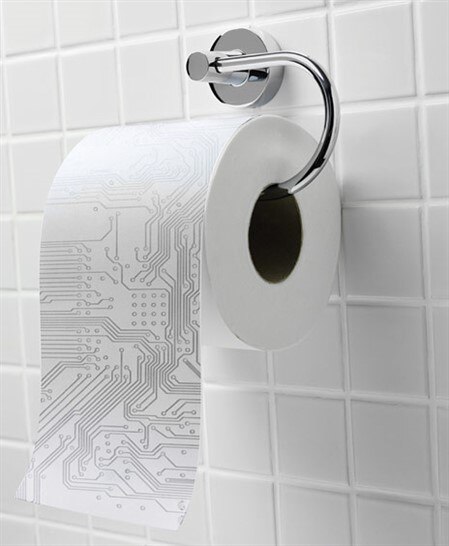Printing solar cells on TP may not have any practical applications but researchers at MIT can do so if need be. Miles Barr, a graduate student in the lab of MIT chemical engineering professor Karen Gleason, described the process at the fall meeting of the Materials Research Society, in Boston. One example is rice paper, which is used to make spring rolls in restaurants and usually dissolves in wet processes. Since the researchers’ technique is a dry, solvent-free process, the rice paper remains intact. The researchers also demonstrated the technique on plastic Saran wrap, which repels water and would normally be difficult to coat. The new method, called oxidative chemical vapor deposition (oCVD), involves spraying a vapor of a monomer and an oxidizing agent onto a substrate. The monomer and oxidizing agent polymerize when they meet and form PEDOT plastic. The plastic itself is conductive, but the conductivity can be further increased up to 1,000 times by controlling the substrate temperature so that small nanopores form, which can be laced with highly conductive silver particles. The team also built solar cells on a commonly used plastic and bent them to a radius of less than 5 millimeters more than 1000 times, then tested them to see if they still worked. Their efficiency was still greater than 99 percent of what it had been before bending.
Zero

